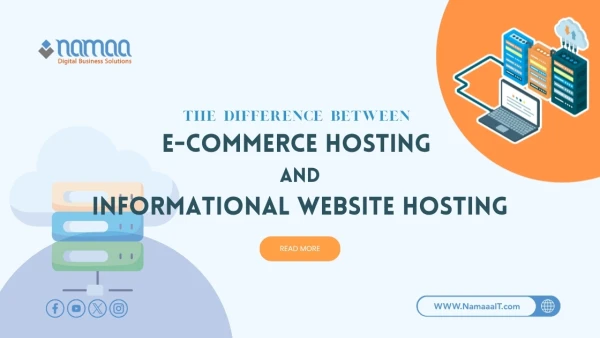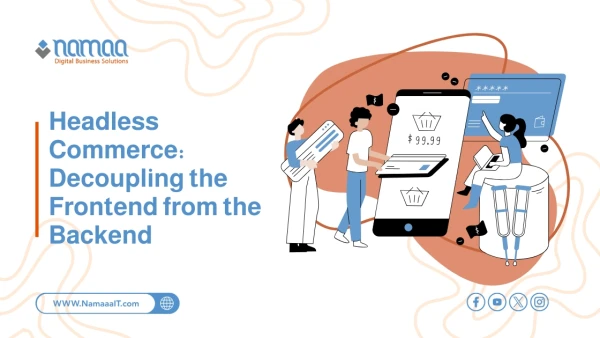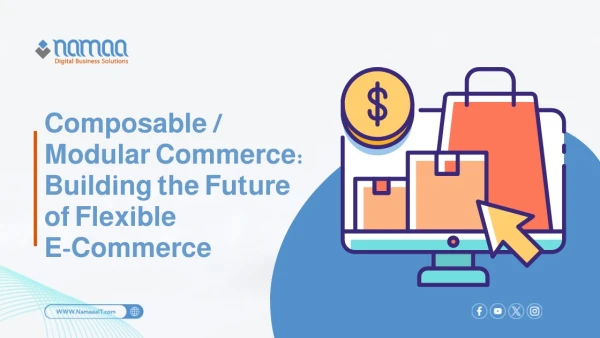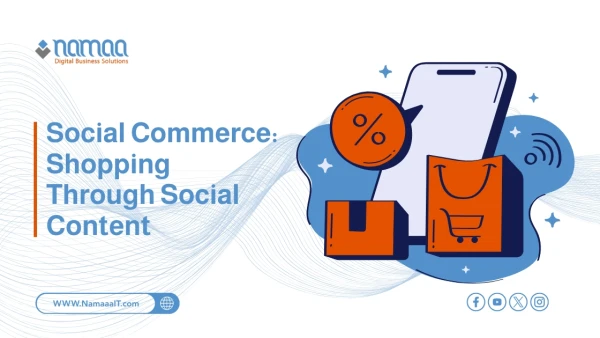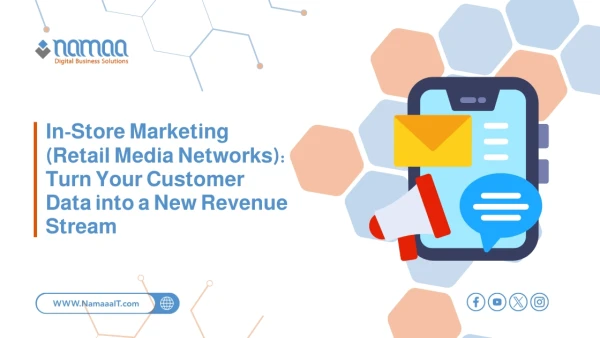E-commerce is witnessing a significant shift toward more sustainable business models capable of building long-term relationships with customers. At the heart of this transformation lies Subscription Commerce and Auto-Renewal, reshaping how companies interact with their consumers. This model is based on providing products or services on a recurring basis in exchange for regular payments, offering businesses predictable revenue streams and stronger customer loyalty. For consumers, it provides convenience by ensuring regular access to their needs without the hassle of manual reordering, ultimately enhancing their overall shopping experience.
What Is Subscription Commerce and How Is It Changing the Rules of Trade?
Subscription Commerce is a business model where a customer pays a recurring fee (monthly or yearly) to receive a product or service regularly. This model transforms traditional commerce, which relies on one-time purchases, by shifting the focus from selling a single product to building ongoing, long-term relationships with customers. Instead of continuously seeking new clients, companies focus on retaining existing ones and providing continuous value to ensure they remain subscribed.
How Auto-Renewal Works in Subscription Services
Auto-renewal systems automatically charge the customer’s selected payment method (such as a credit card) at the end of each billing cycle without manual intervention. This feature is usually enabled by default upon subscribing. Customers are typically notified by email before the renewal date—especially for annual plans—giving them a chance to cancel if they wish. They can manage renewal settings, update payment information, or cancel services directly through their account dashboard.
Why Businesses Prefer the Subscription Model for Stable Revenue
Businesses favor subscriptions because they provide predictable and regular revenue streams, offering financial stability and better future planning. This model reduces customer acquisition costs, as retaining existing clients is far less expensive. Furthermore, recurring revenue increases customer lifetime value (LTV) and allows companies to build stronger, more sustainable customer relationships.
Read also: Social Commerce
How to Use the Subscription Model to Boost Customer Loyalty
The subscription model strengthens customer loyalty by creating continuous engagement beyond one-time purchases. By offering ongoing value and personalized experiences, customers feel appreciated and connected to the brand. Companies can leverage this model through:
Reward programs: Exclusive discounts, early access, or special perks for subscribers.
Personalization: Using customer data to tailor offers and recommendations.
Effective communication: Keeping customers informed about updates and new offers, making them feel part of a community.
What Products and Services Work Best for Subscriptions?
Many products and services fit well with the subscription model, typically divided into three main categories:
Replenishment products: Items customers regularly need, like razors, coffee, cosmetics, and pet food.
Access services: Subscriptions granting access to content or tools such as streaming platforms (Netflix), SaaS products (Adobe Creative Cloud), or educational/news services.
Curated boxes: Customized boxes featuring handpicked items based on customer preferences—like beauty boxes, clothing subscriptions, or snack packs.
Read next: In-Store Marketing Strategies
The Role of Technology in Managing Subscriptions and Auto-Renewals
Technology plays a crucial role in making subscription models successful by simplifying complex operations. Subscription management platforms automate recurring billing, handle payments, and manage customer accounts. They also collect and analyze customer data to understand behavior and preferences—helping companies improve services and reduce churn rates. Additionally, self-service portals give customers easy control over their subscriptions.
Effective Marketing Strategies for Subscription Models
To succeed, subscription marketing strategies must focus on long-term relationships, not just acquisition. The goal is to attract new subscribers while retaining existing ones for as long as possible.
Building a Comprehensive Strategy
A strong subscription marketing strategy includes:
Clear value proposition: Clearly communicate why your service matters and what makes it unique—focusing on long-term benefits.
Content marketing: Create blogs, guides, and educational videos that attract your target audience, showcase expertise, and build trust.
Influencer marketing: Partner with influencers aligned with your brand to reach new audiences and gain credibility through authentic recommendations.
Free trials and special offers: Limited-time discounts or free trials reduce risk for customers and increase the likelihood of long-term subscriptions.
Transparency Tips for Auto-Renewal Policies
Transparency is the cornerstone of customer trust and sustainable relationships. When customers feel informed and in control, satisfaction and loyalty grow.
Clear terms at checkout: Display auto-renewal conditions in plain language before payment. Avoid burying them in lengthy terms and conditions.
Explicit consent: Never assume consent. Require an active opt-in (like an unchecked box) before enabling auto-renewal.
Renewal reminders: Send clear notifications before renewal—stating the amount, date, and an easy link to cancel.
Easy cancellation: Make cancellation as simple as sign-up. If customers subscribed online, they should be able to cancel online without hurdles.
Consumer Rights in Auto-Renewal Subscriptions
To protect consumers from deceptive practices, various laws regulate auto-renewal services, ensuring transparency and fair treatment.
Right to clear information: Customers must receive prominent details about renewal terms—cost, duration, and cancellation policy—before subscribing.
Right to consent: Businesses must obtain explicit, affirmative consent before enrolling a customer in auto-renewal.
Right to easy cancellation: Customers should be able to cancel just as easily as they subscribed. Many laws require online cancellation for online sign-ups.
Right to refunds (in certain cases): If a renewal occurs without proper notice or consent, consumers may dispute charges and request a refund.
FAQs
1. How do businesses handle failed recurring payments?
When a payment fails, subscriptions are not canceled immediately. Companies often use “dunning” systems that retry the charge several times over a few days and notify the customer to update payment info. A grace period is often provided before service suspension.
2. What’s the difference between replenishment and curation subscription models?
The Replenishment model provides recurring essentials like coffee or razors, while the Curation model offers surprise boxes tailored to customer interests—like beauty or snack boxes.
3. Does the subscription model affect inventory management?
Yes, positively. It allows companies to forecast demand accurately, reduce waste, and avoid stockouts—leading to more efficient supply chain management.
4. What is the churn rate, and why does it matter?
Churn Rate is the percentage of subscribers who cancel within a specific time period. It’s crucial because high churn directly impacts revenue. A high rate often signals issues with product quality, pricing, or customer experience.
5. Can I reactivate a canceled subscription?
Yes, through win-back campaigns that target former subscribers with special offers, discounts, or updates about new features—reminding them of your product’s value.
Summary
✅ The global subscription e-commerce market is expected to reach $2.2 trillion by 2028, reflecting massive growth.
✅ Increasing customer retention by just 5% can boost profits by 25–95%, proving the power of loyalty.
✅ About 7% of all recurring payments fail on the first attempt—making payment recovery strategies vital.
✅ Companies lose 20–40% of subscribers due to involuntary payment failures, highlighting the need for proactive communication.
✅ Loyal customers spend 67% more than new ones, making retention one of the most profitable strategies in subscription-based businesses.




